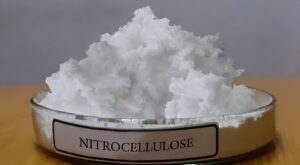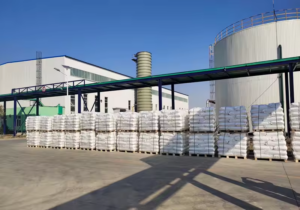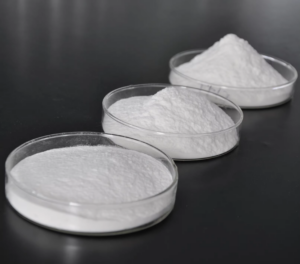
Uses of Nitrocellulose (NC)
Nitrocellulose, also known as cellulose nitrate, abbreviated as NC, commonly known as nitrocellulose, is the product of the esterification reaction of cellulose and nitric acid. Nitrocellulose made from cotton fiber is called nitrocotton. Nitrocellulose is a white fibrous polymer that is resistant to water, dilute acid, weak alkali and various oils. Different degrees of polymerization have different strengths, but they are all thermoplastic substances. Nitrocellulose is a white or slightly yellow cotton-like solid that is odorless and tasteless. Nitrocellulose is





